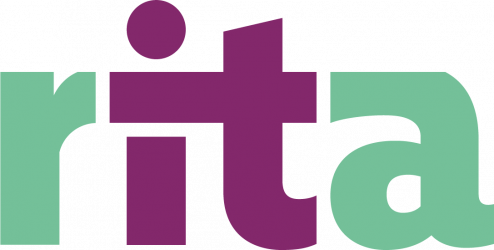The ERN Expert Platform on Newborn Screening (NBS) consists in 3 workstreams which have been quite active this spring, preparing to present their first progress steps at the 29th of June International Neonatal Screening Day event, co-hosted with the MEP Alliance for NBS.
Workstream 1: Creation of a blueprint of NBS in Europe
At their kick-off meeting, the workstream members discussed goals for the group and outlined potential projects including the need to consolidate information in a comprehensive and harmonised way to benefit patients, providers as well as policymakers. With monthly meetings planned, the workstream aims to have a roadmap established by mid-2022 identifying the key priority areas for their blueprint.
It has progressed since in their mapping of newborn screening in Europe, now developing a pathway that identifies the core elements of NBS and identifies where monitoring should take place. In collaboration with partners from EU Member States, the workstream plans to collect monitoring criteria from each country and then conduct a comparison on what is being monitored versus what could be monitored.
Workstream 2: Case definitions for NBS and approaches to confirmatory testing.
At their kick-off meeting, the workstream members discussed goals for the group and outlined potential projects including designing a framework/toolbox for setting case definitions that could be applied to any disease; describing the role of genetics in 2022 and its relationship to screening; and building representation to further the expertise of the group.
This workstream has since focused on identifying and collating existing case definitions for newborn screening, with the goal of consolidating the literature and research done here to better support the updating of existing and the creation of new case definitions. They additionally are focusing on the role of genetics in 2022 and how this relates to screening.
Workstream 3: Data gathering to support interoperable registries.
At their kick-off meeting, the workstream discussed the need to analyse the current environment of registries to identify potential models for structuring rare disease and NBS registries. Key questions include what the most feasible and relevant NBS topics are, how to incorporate technical, ethical and legal aspects into any framework and how to best incorporate the patient perspective. For their upcoming meetings, the workstream will focus on broadening recruitment to cover more geographical regions as well as ERNs and begin mapping key priority points.
The workstream is planning a survey to collect information on the long-term follow-up studies for patients identified by newborn screening in Europe to gain a better understanding on what data is being collected and in which registries throughout Europe. The results of the survey will be discussed at a workshop in July, and then further considered for the development of a data model for an NBS module in the U-IMD registry, which will be considered at a workshop in November.
